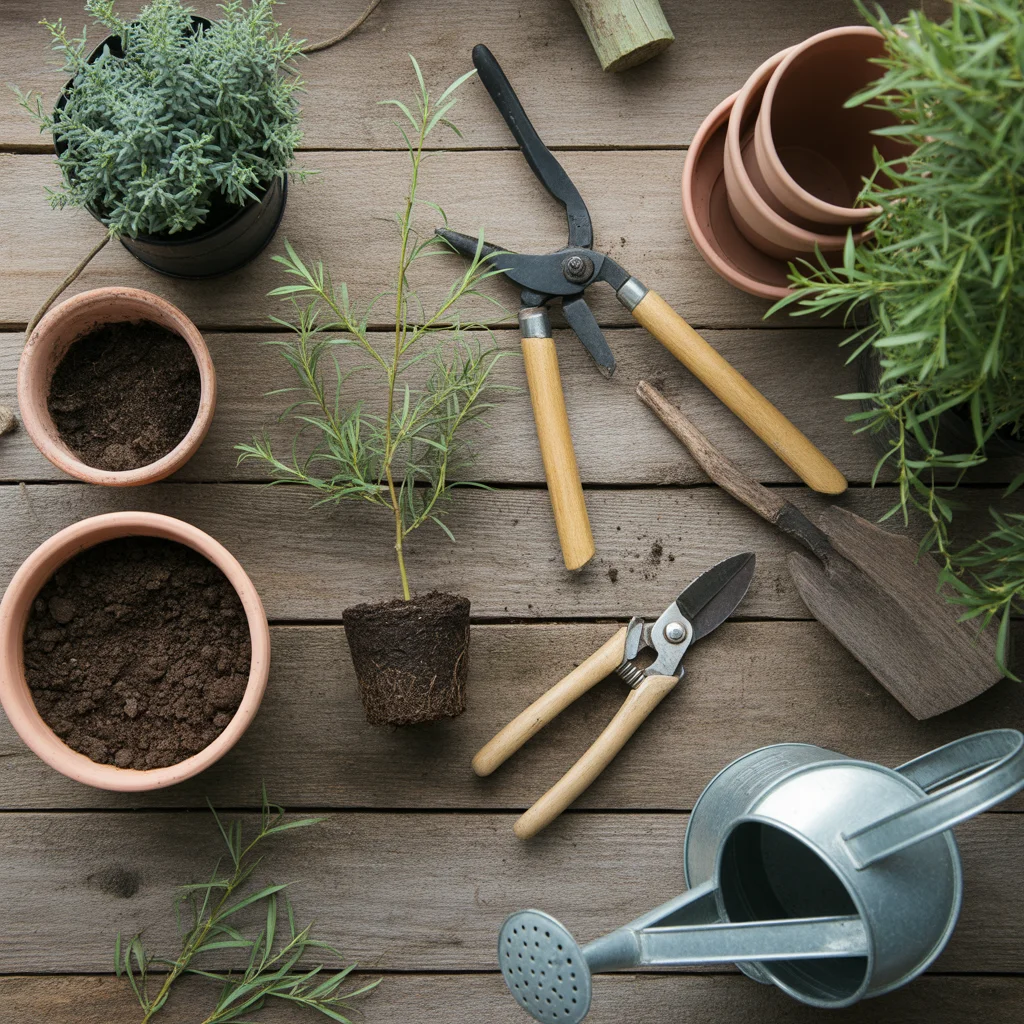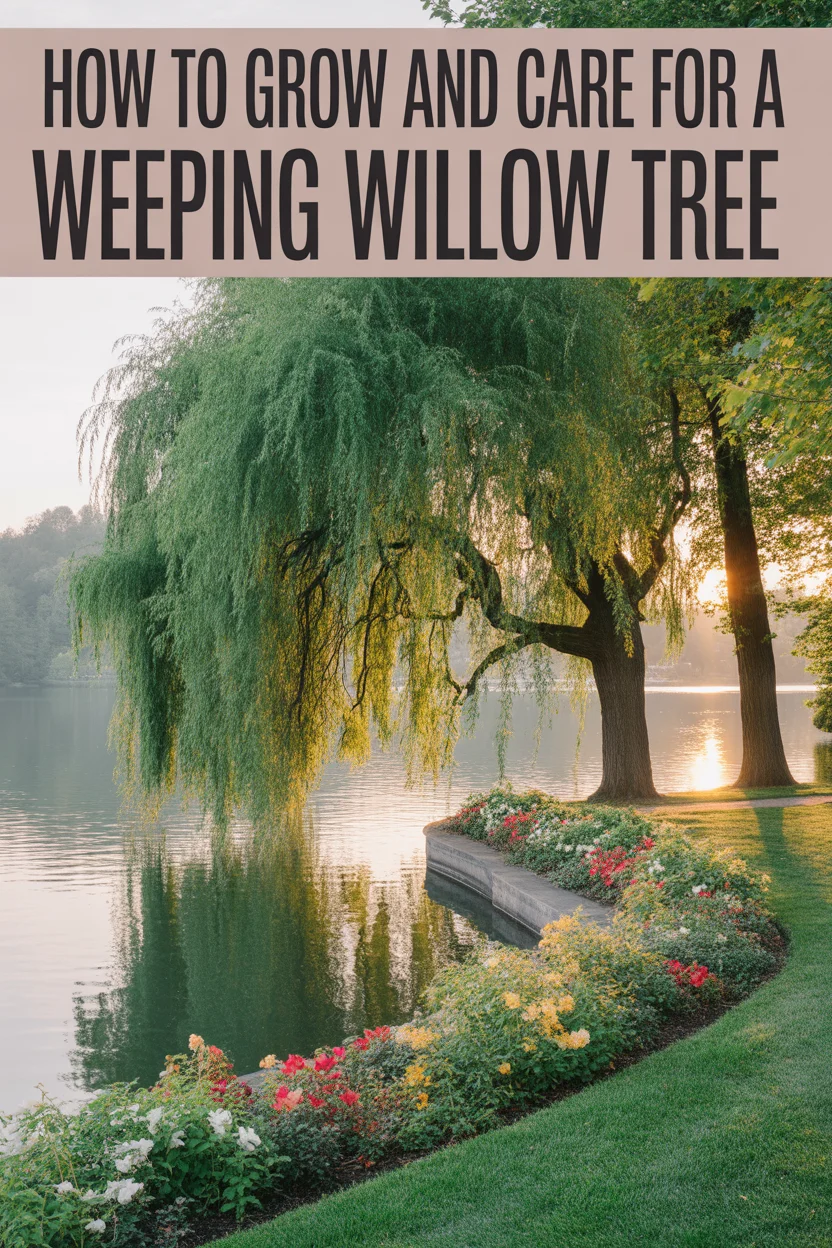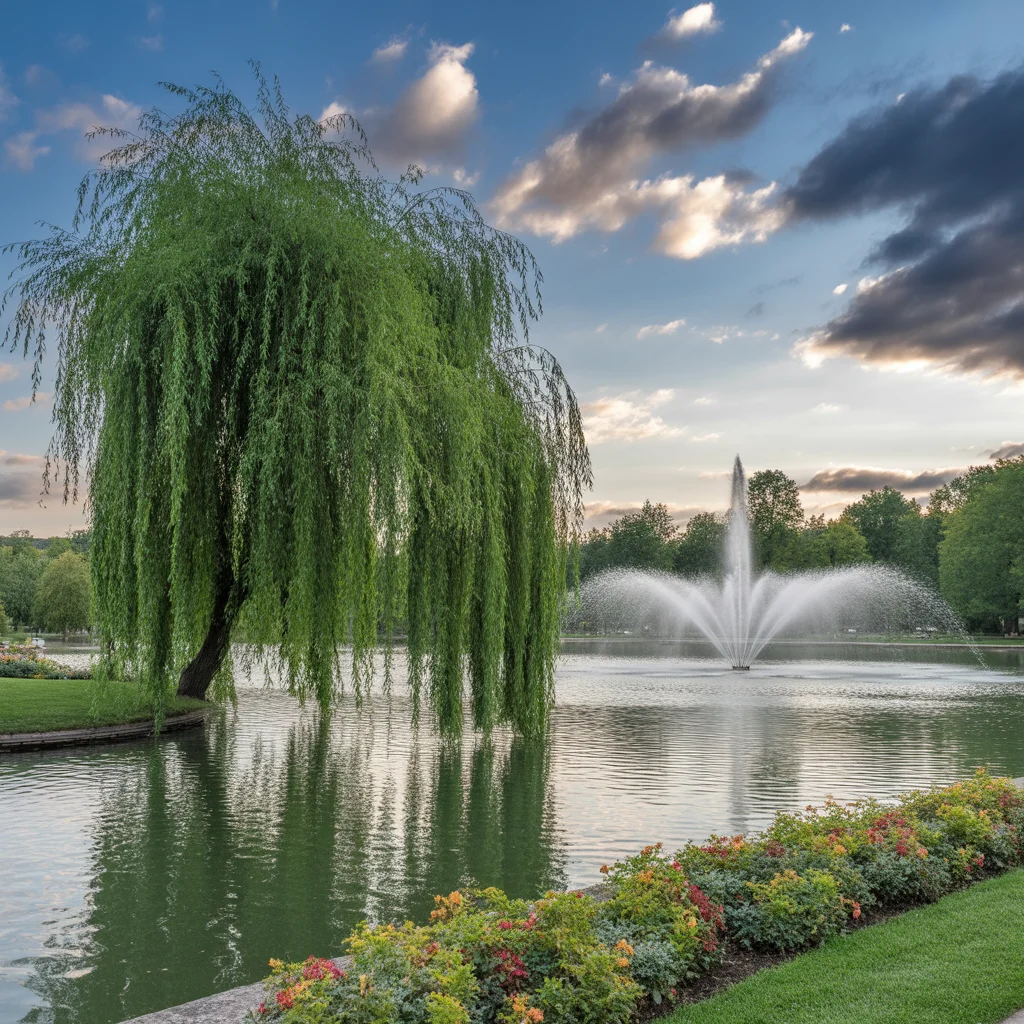Weeping Willow Tree, with its draping branches and fairy-tale silhouette, probably tugs at your heart if you’ve seen one. But maybe you don’t know if you can handle the care, or you’ve got a big yard and need something FAST to transform that space (oh wow, they really do grow like crazy – just ask anyone who’s tried these other fast-growing shade trees too). Or maybe you’re hunting for privacy – you know, those nosy neighbors standing a bit too close? You might want to check out the best fast-growing privacy trees to see how the Weeping Willow measures up. Anyway, let’s unravel everything that makes this tree such a favorite of mine (and so many others).
TABLE OF CONTENTS
Description
Let’s just say – there’s dramatic, and then there’s the Weeping Willow Tree. Those sweeping branches hang down and sometimes tickle the grass. The leaves are slim and long, almost like green streamers fluttering in the breeze. Every spring, you’ll see these soft “catkins” that aren’t especially flashy, honestly, but do mark the start of warmer days. In a good spot, these trees shoot up quick. Like, planting to shade in five minutes (okay, more like a couple years). They easily get up to 30-50 feet tall, and about as wide – if not wider. Weeping Willow Tree usually stands out in a landscape, and honestly, sometimes it just takes over (have some caution). If you live near water, or have a wet area, this tree looks right at home.
Cultivation
Gonna shoot you straight: Weeping Willow Tree likes simple things. Clay soil, sandy soil, whatever – just make sure it isn’t bone-dry all year. They adore damp earth. If you’ve got a creek or duck pond, you’re halfway there. Not everyone knows that this tree grows so fast you’ll think it’s part of some magic beanstalk situation. Plop a sapling in the ground when frost is past and you’ll swear it grows by the day after a little rain. Now, as much as these trees love water, they can put up with a bit of drought (not forever, mind you). Oh, and don’t fuss about the temperature; they put up with chilly winters and hot summers just fine. If you need some inspiration for fast shade solutions or want to shake up your tree game, have a peek at these fast-growing shade trees – Weeping Willows are wild, but there’s plenty of other cool picks, too.
Uses
Alright, I get a little excited about this section. Because Weeping Willow Tree works overtime. Shade? It throws more shade than a jealous aunt at Thanksgiving dinner. It creates a cool spot that’s honestly dreamy for summer picnics or just sprawling face-up on the grass. People use them for privacy, since the branches make a sort of leafy fortress. If your yard is soggy or tricky, this tree’s roots will slurp up extra water – super helpful if you don’t want puddles. Some folks even use willows for crafts (baskets, wreaths, you name it). Looks-wise? They’re seriously eye-catching – a kind of magical, Alice-in-Wonderland vibe if you ask me.
Weeping Willow Tree Care
Tending a Weeping Willow Tree isn’t rocket science, but here’s my real-world take:
- Water often in the first year. Don’t skimp – they’re thirsty (especially in heat).
- Prune before spring to keep it healthy, and pick off stray, crisscrossing branches so it doesn’t look like a wild wig.
- Watch those roots. Don’t plant next to sewer lines or right beside your house. Roots are strong and like to explore.
- Mulch a little around the base. Keeps moisture in – plus, it just looks tidy.
| Tip | Why It Matters | How Often | Extra Notes |
|---|---|---|---|
| Water | Keeps young trees alive | Weekly (at first) | Deep watering is best |
| Prune | Prevents tangled mess | Yearly | Do it in late winter |
| Fertilize | Gives boost when needed | Once at planting | Usually not needed after that |
Related Resources
Craving even more info on outdoorsy greenery or want to mix up your garden menu? I seriously recommend checking out the guide on how to grow and care for red maple trees if you like trees with a personality. Maybe you’re also curious about unique houseplants – I did a deep-dive on autograph tree care too. Or, hey, if your green thumb is itching inside and outside, peep growing your own avocado tree in a small garden pot. Tons of ideas await.
What are the disadvantages of a weeping willow tree?
This is the real talk bit. Weeping Willow Tree looks charming but they can be a hassle. First off, those roots are relentless – they’ll worm their way into pipes and ruin sidewalks if you’re not careful (don’t ignore this). Also, those falling branches? They make a mess, so if you’re after low-maintenance, you’ll be raking quite a bit. And, oh wow, the pests. They aren’t a magnet for trouble, but sometimes they do get some bugs like caterpillars or aphids. Last but not least, lifespan isn’t super long compared to an oak or maple, so don’t bank on the same tree being around generations from now. Just being honest!
Do weeping willow trees need sun?
Pretty much, yes. Weeping Willow Tree likes the sun on its shoulders. Plant it in a spot that gets full sunlight if you want it to thrive – at least 6 hours of direct light a day. Sure, it’ll put up with a bit of partial shade, but you’ll see lusher growth and fewer problems if you let it soak up all that sunshine. Less sun can make it look scraggly, and no one wants a sad willow.
Where should you not plant a weeping willow tree?
Here’s the flat-out truth: don’t put it close to your house, driveways, or sewer lines. Those roots can crack foundations or cause plumbing headaches faster than you think. Give it at least 50 feet from any major structure just to be safe. Also, don’t bother with super dry, rocky spots – you’re setting yourself up for frustration. And, if you’re hoping to keep your lawn totally pristine, brace yourself – all those falling leaves and branches are a pain to rake.
So, is this tree for you? Here’s my friendly wrap-up.
The Weeping Willow Tree is wild, gorgeous, and full of personality. If your yard needs quick shade, a sense of whimsy, or you’re dying for a statement piece, you’ll probably love it. Just make sure you give it plenty of room and sunshine (and, YES, beware the roots). Still on the fence? You’ll find real-world tips and opinions on growing these, right from folks who’ve done it, at Weeping willow trees : r/landscaping, plus, for the nerdy deep-dive, check out the basic facts and history on Salix babylonica – Wikipedia. Don’t let a bit of tree mess scare you – some magic in the garden is worth the sweep! 
Common Questions
Q: How fast does the Weeping Willow Tree actually grow?
A: In the right wet spot, it can kick out three to eight feet a year. No kidding. Blink and it’s taller.
Q: Can I easily trim it to keep it smaller?
A: Somewhat, but honestly, it wants to be big. Pruning works, but don’t expect a tidy little shrub.
Q: Do willow roots break pipes really that fast?
A: If there’s a leak nearby, yep – roots go looking for water and will invade pipes. Give them lots of space.
Q: Does it need fertilizer often?
A: Not really. A bit at planting, sure, but otherwise, they’re pretty chill about soil.
Q: Can I plant a Weeping Willow Tree in a small yard?
A: Only if you’re cool with giving up most of your yard. It will eat space, honestly.

